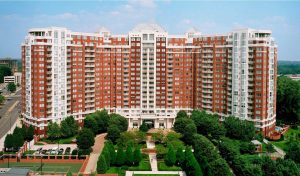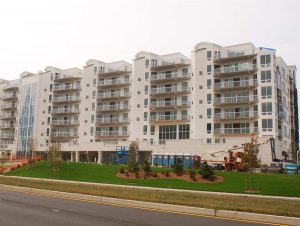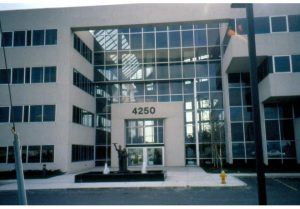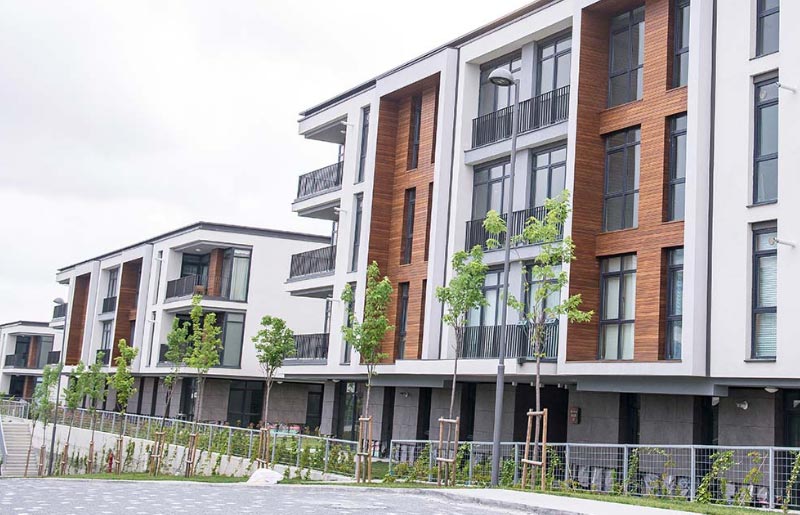
Contact Vescom
Composite Joist Structural Floor Systems Maine
Vescom’s composite joist construction floor system offers stronger and shallower floors at a fraction of the cost of traditional steel floor framing methods.
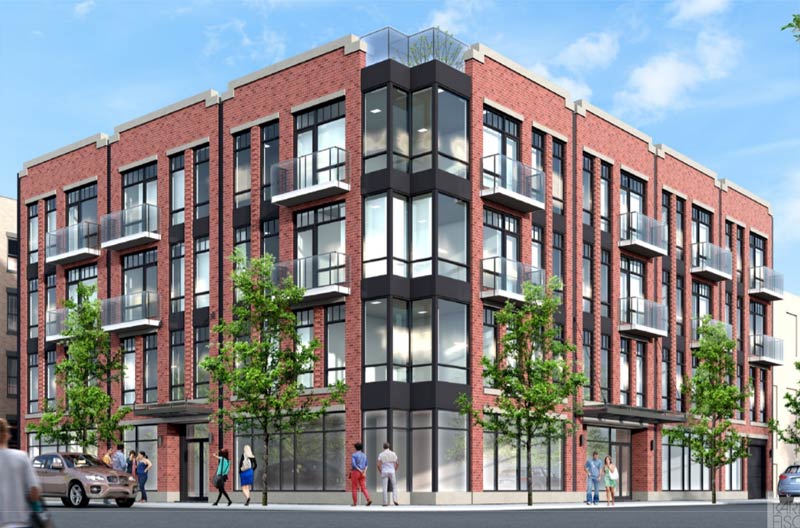
Vescom International is a steel joist and structural floor system manufacturer. The Vescom Joist Structural Floor System can be used all types of multi-story residential, multi-residential, institutional, healthcare, and commercial constructions and buildings. Vescom Joists can be used to construct structures up to 19 stories and are ideal for:
- Multi-residential constructions
- Apartment Buildings
- Condominiums
- Student Housing
- Hotel and Resorts
- Senior Living and Nursing Homes
- Medical Facilities
- Office Buildings
- And Many Other Structures
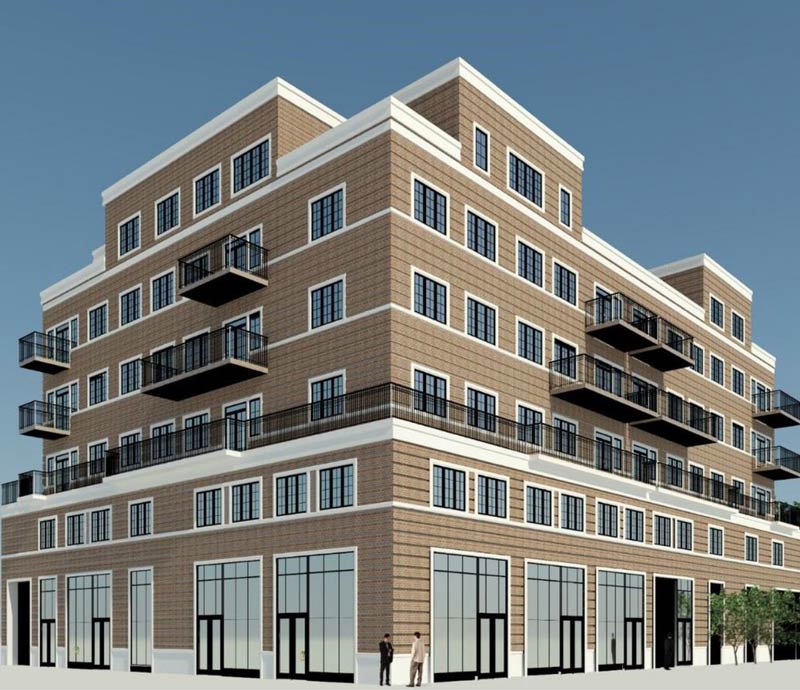
Composite Floor Joists in Maine, ME
Vescom International manufactures the following composite joist flooring solutions and delivers them to Maine, ME:
- Composite joists
- Composite floor joists
- Steel floor framing
- Concrete joist system
- Concrete joist support
- Steel flooring system
- Structural flooring
- Structural floor system
- Joist slab
- Structural floor systems
- Light gage steel framing
- Steel floor joists residential
- Composite building
- Structural floor
- Composite floor systems
- Steel floor system
- Composite concrete flooring
- Steel frame flooring
- Steel flooring systems
- Floor joist system
- Concrete floor joist
- Suspended floor systems
- Concrete floor joists
- Steel roof decks
- Metal deck
- Roof decking
- Steel deck
- Joist girder
- Steel girder truss
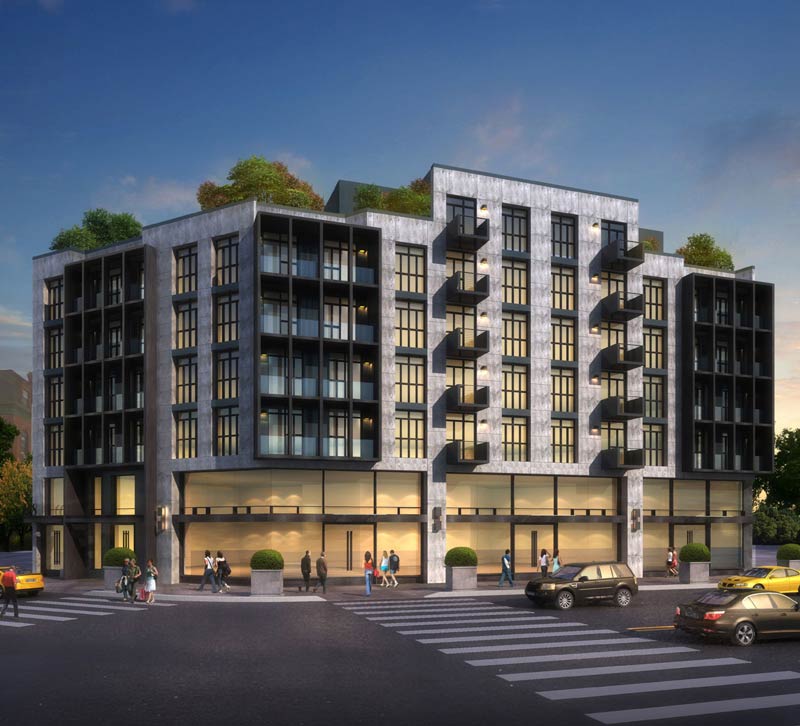
Multi-Residential Construction in Maine:
If you are searching for a company to provide any of the following in Maine, ME, kindly consider sending your drawings to our team at Vescom. We will provide you with a quote using our composite joist system that could save you significantly on your construction costs.
- Metal deckings
- Composite deck
- Floor systems
- Rated floor
- Cold form steel
- I-span
- Steel components
- Wood joists
- Floor structure
- Steel beams
- Steel trusses
- Floor joist
- Ceiling joist
- Decking joists
- Floor trusses
- Steel joist
- Bar Joist
- Steel deck
Vescom recommends these organizations, their content and material for information about the composite joist industry and technology:
If you are searching for a company to provide any of the following, kindly consider sending your drawings to our team at Vescom. We will provide you with a quote using our composite joist system that could save you significantly on your construction costs.
Frequently Asked Questions
Q: What is a composite joist?
- A: A composite joist, also known as a composite steel joist, is a type of structural member used in construction to support floors and roofs. It is made by combining two or more materials, usually steel and concrete, to create a stronger and more efficient joist.
Composite joists typically consist of a steel top chord, a steel bottom chord, and a concrete slab sandwiched between them. The steel chords provide tensile strength and rigidity, while the concrete slab provides compression strength and mass. The combination of these materials results in a lightweight and durable joist that can span long distances and support heavy loads.
Composite joists are commonly used in commercial and industrial buildings, as well as in multi-story residential buildings. They offer several advantages over traditional joists, including increased strength, stiffness, and fire resistance, as well as improved acoustic and thermal performance.
Q: What is structural flooring?
- A: Structural flooring refers to a type of flooring system that is designed to provide both a walking surface and structural support for a building or structure. Unlike non-structural flooring, such as carpet, vinyl, or tile, structural flooring is capable of bearing heavy loads and transferring them to the building's foundation or support structure.
Structural flooring is commonly used in commercial and industrial buildings, such as warehouses, factories, and distribution centers, as well as in multi-story residential buildings. It is also used in bridge construction, where it serves as both a roadway and a structural element.
There are several types of structural flooring systems, including concrete slabs, precast concrete planks, steel decking, and composite joists. The choice of flooring system will depend on a variety of factors, including the building's design, the required load-bearing capacity, and the desired aesthetic appearance.
Overall, structural flooring plays a critical role in the overall strength and stability of a building or structure, and it is an essential component of any construction project that requires durable and reliable support.
Q: What are steel trusses?
- A: Steel trusses are a type of structural element commonly used in the construction of buildings, bridges, and other structures. They are typically made from steel beams arranged in a triangular pattern, with each beam forming one side of the triangle.
The triangular shape of steel trusses provides excellent strength and stability, allowing them to span long distances and support heavy loads without the need for intermediate columns or supports. This makes them ideal for use in large, open buildings and structures, such as warehouses, factories, and sports arenas.
Steel trusses can be manufactured in a variety of shapes and sizes, depending on the specific needs of the project. They can be straight or curved, and may be designed to have a single or multiple web configurations. Additionally, they can be bolted, welded, or riveted together to form larger assemblies, depending on the required load capacity and structural performance.
Overall, steel trusses are a versatile and durable structural element that offer many advantages in terms of strength, stability, and ease of construction. They are commonly used in a wide range of applications and are an essential component of many modern construction projects.
Vescom International provides exceptional structural performance, unmatched in the marketplace, for multi-level construction in the following states in The United States of America:
Alabama, AL – Alaska, AK – Arizona, AZ – Arkansas, AR – California, CA – Colorado, CO – Connecticut, CT – Delaware, DE – Florida, FL – Georgia, GA – Hawaii, HI – Idaho, ID – Illinois, IL – Indiana, IN – Iowa, IA – Kansas, KS – Kentucky, KY – Louisiana, LA – Maine, ME – Maryland, MD – Massachusetts, MA – Michigan, MI – Minnesota, MN – Mississippi, MS – Missouri, MO – Montana, MT – Nebraska, NE – Nevada, NV – New Hampshire, NH – New Jersey, NJ – New Mexico, NM – New York, NY – North Carolina, NC – North Dakota, ND – Ohio, OH – Oklahoma, OK – Oregon, OR – Pennsylvania, PA – Rhode Island, RI – South Carolina, SC – South Dakota, SD – Tennessee, TN – Texas, TX – Utah, UT – Vermont, VT – Virginia, VA – Washington, WA – West Virginia, WV – Wisconsin, WI – Wyoming, WY
VESCOM News:
A Revolution in Structure
Explore our website to see how Vescom is revolutionizing the construction industry.
Vescom Typical Details
To assist in the work of specifying professionals, we have developed typical Vescom details for their use. These details...
Fun Facts About Maine
- Capital: Augusta
- Year Founded: 1820
- Major Cities: Portland, Lewiston, Bangor, Auburn, Biddeford
- Borders: New Hampshire, Canada, and the Atlantic Ocean
- Gross Domestic Product (GDP) Millions USD: $53,656
- Population: 1,274,923
- Land Area (Sq Miles): 33,215
- High Point (Feet): 5,268
- Other Facts: “Key Industries: Agriculture including poultry, cattle, fishing, apples, and maple syrup, paper, wood products, lumber, electronic equipment, and textiles. How Maine got its name: There is no clear answer as to where the name Maine came from. It first appeared in a charter that granted land to Sir Ferdinando Gorges and Captain John Mason. When the land was split between the two, the land that was Gorges became known as Maine. It is likely that the name came from a nautical reference to the mainland. Maine State Symbols: State Nickname: Pine Tree State; State Slogan: It Must Be Maine; The Way Life Should Be; State Motto: Dirigo (I lead); State flower: White pine cone and tassel; State Bird: Black-capped Chickadee; State Fish: Land-locked salmon; State Tree: White Pine; State Mammal: Moose; State Foods: Moxie, Wild Blueberry; Becoming a State: Date Admitted: Wednesday, March 15, 1820; Number Admitted: 23; Prior Name: Massachusetts; Postal Abbreviation: ME. The Geography of Maine: Total Size: 30,862 sq. miles (source: 2003 Census); Geographical Low Point: Atlantic Ocean at Sea Level (source: U.S. Geological Survey); Geographical High Point: Mt. Katahdin at 5,268 feet, located in the county/subdivision of Piscataquis (source: U.S. Geological Survey); Central Point: Located in Piscataquis County approx. 18 miles north of Dover (source: U.S. Geological Survey); Counties: 16 (source: National Association of Counties); Bodies of Water: Atlantic Ocean, Gulf of Maine, Lake Moosehead, Kennebec River, Penobscot River, St. John River; Famous People: Milton Bradley – Board game manufacturer including Candyland and Scrabble; Ricky Craven – NASCAR driver; Patrick Dempsey – Actor; Dorothea Dix – Social reformer; Stephen King – Author; Henry Wadsworth Longfellow – Poet and author; Nelson Rockefeller – U.S. Vice President; Andrew Wyeth – Artist; More Fun Facts: When people say ‘bugs’ in Maine they are often referring to lobsters.; Acadia National Park is the second most visited National Park in the United States.; Maine has over 3,000 miles of coastline. This is actually more than California!; Maine has over 2,000 islands and 6,000 lakes and ponds.; Maine is the only state with a single syllable name. It is also the only state that shares exactly one border with another state.; The state has 17 million acres of forest and is the leading producer of toothpicks at around 100 million per day.; Maine supplies around 90% of the countries blueberries and lobster.; The most eastern city in the United States is Eastport. The most easterly point is at West Quoddy Head.; Writers Steven King and Henry Wadsworth Longfellow were both born in Maine.; Professional Sports Teams: Maine does not have any major Professional Sports Teams.” Citation: Nelson, Ken. “United States Geography for Kids: Maine .” Ducksters, Technological Solutions, Inc. (TSI), https://www.ducksters.com/geography/state.php?State=Maine
- Page ID: Maine_United_States_19
- Set ID: United_States_State

